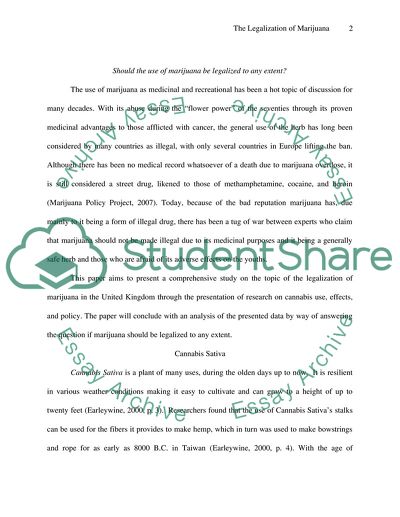Cite this document
(“Should cannabis/marijuana be legalised to any extent Essay”, n.d.)
Retrieved from https://studentshare.org/miscellaneous/1540553-should-cannabismarijuana-be-legalised-to-any-extent
Retrieved from https://studentshare.org/miscellaneous/1540553-should-cannabismarijuana-be-legalised-to-any-extent
(Should cannabis/Marijuana Be Legalised to Any Extent Essay)
https://studentshare.org/miscellaneous/1540553-should-cannabismarijuana-be-legalised-to-any-extent.
https://studentshare.org/miscellaneous/1540553-should-cannabismarijuana-be-legalised-to-any-extent.
“Should cannabis/Marijuana Be Legalised to Any Extent Essay”, n.d. https://studentshare.org/miscellaneous/1540553-should-cannabismarijuana-be-legalised-to-any-extent.


